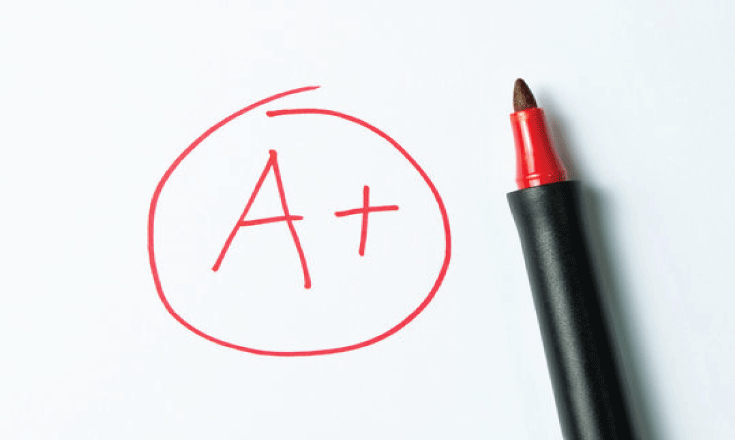Understanding no harm grading is a chore in that it presents many layers of complexity when contemplating what’s good for students in today’s educational system. No harm grading was implemented during Covid-19 school closures. Seattle Public Schools (SPS) gave everyone A’s during the pandemic because they did not want to harm students’ educations during a time of great tragedy.
For those who haven’t heard of this concept, no harm grading was adopted by school districts in America to institute a level playing field for their students to strive and succeed. It gives administrators and teachers more breathing room to help the kids that might not have the means to succeed in an online world. Kids across America are struggling financially and do not have access to online education tools and resources like other families with higher incomes do. To put it simply, kids are being passed or given incompletes for classes during a pandemic to further their educational futures.
No harm grading is a subject that has educators and people that are familiar with the topic perplexed. Students across America go to school as expected and perform their roles to make their dreams come true. We work hard to our best abilities to become educated because success is the ultimate goal. SPS administrators’ decision to give all students passing grades during a pandemic should be applauded. A quick-thinking decision helped thousands of students succeed in a stressful time. Had schools chosen to continue with the traditional educational model, kids would have been neglected due to inequity.
Some educators at Seattle Central want to see no harm grading implemented at our school. Some educators would like this to be enacted because it would help students succeed and boost retention rates for students of color. It would help low income students immensely because access is always an issue due to not being able to afford a laptop, books, and lab fees in college. All this can be mitigated by instituting no harm grading. It seems like everyone wins with no harm grading in the long run…. But can it also be considered harmful?
I’m African American and come from an impoverished background. Nothing was handed to me and I’ve had to fight and claw for everything I’ve had in my life. I’ve been homeless, moved around countless times, and unfortunately thought of as a statistic when it came to my education. It’s nice to see that educators care at Seattle Central and want us to succeed, but at what cost to the students?
No harm grading can be helpful for short-term success when a pandemic is ravaging the world. However, having this grading model may make it difficult for other colleges to accept students’ Seattle Central grades. The no harm grading system could be seen as interior grading and make it more difficult for students to transfer into competitive colleges and four-year universities. I also feel that, when pursuing higher education, if you work hard then the results should match the effort you put into the system.
Having no harm grading may give a student the help they need to succeed, but I’m troubled by thinking about what might happen at the next level of their education. Students might get acclimated to no harm grading and have an expectation that this will be the grading system for the rest of their academic career. College is supposed to be more challenging and difficult than grammar school. It sets a dangerous precedent regarding what could happen to students’ futures if Seattle Central adopted no harm grading. Real life is hard and no harm grading gives the student a false sense of ease and security. Helping the student succeed with tutoring, TRIO and other programs like Seattle Central’s Pathway initiatives should help guide them through their challenges.
No harm grading can be harmful to a student’s long-term planning while offering only short-term success. When students go to their four-year institutions they will be set up for failure and might stop going because they were used to a system that could be deemed flawed. Students come from all walks of life with fantasies of following their academic dreams, but no harm grading creates more questions than answers and shouldn’t be instituted at Seattle Central College.
Author

Mario is a student at Seattle Central College and a staff writer for the Collegian. He's pursuing a B.A. degree and he wants to become a Broadcast Journalist in the future. He served in the United States Air Force for 7 years and has had 2 deployments to Afghanistan. His hobbies are writing, playing video games, cooking, and community involvement.







Be First to Comment